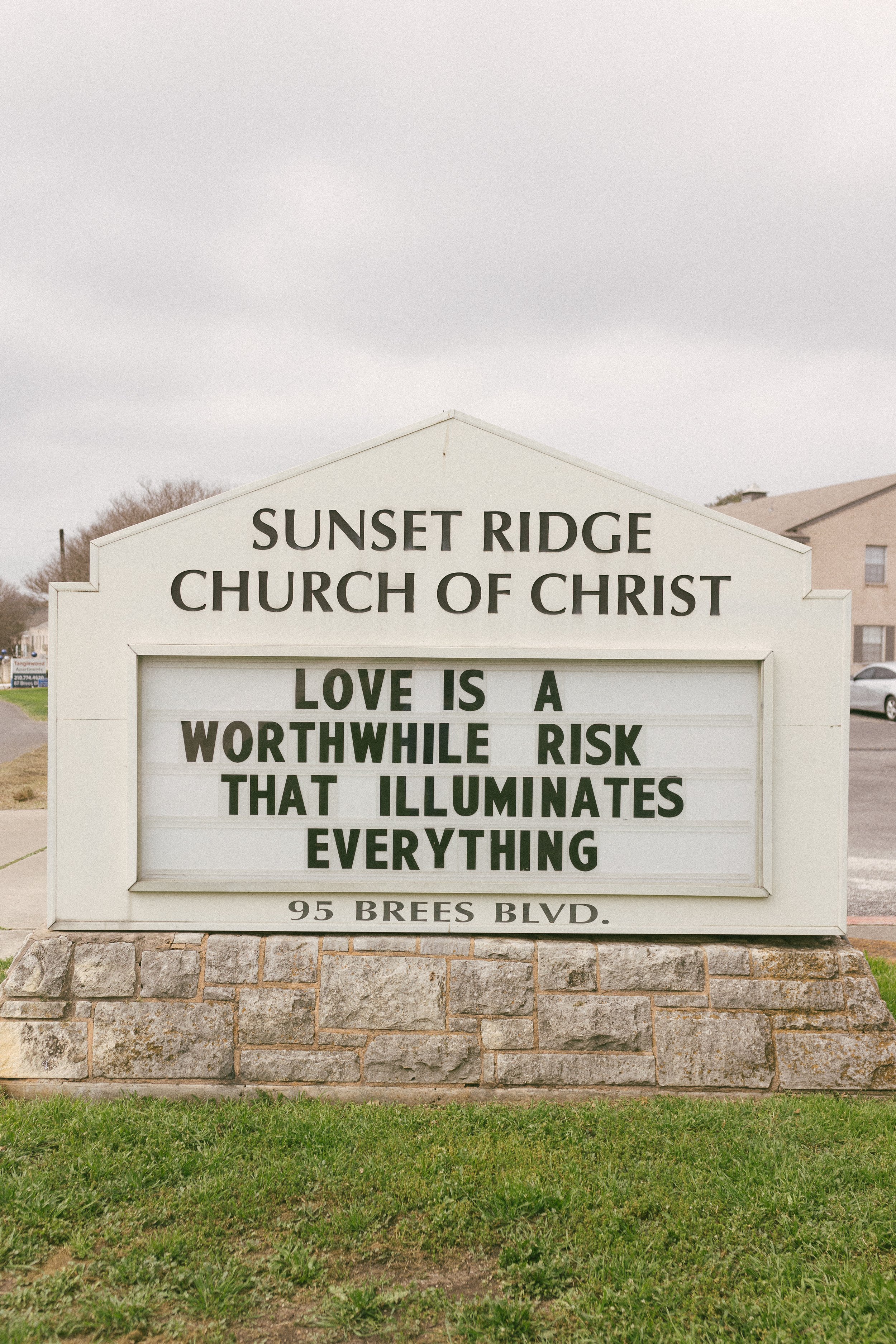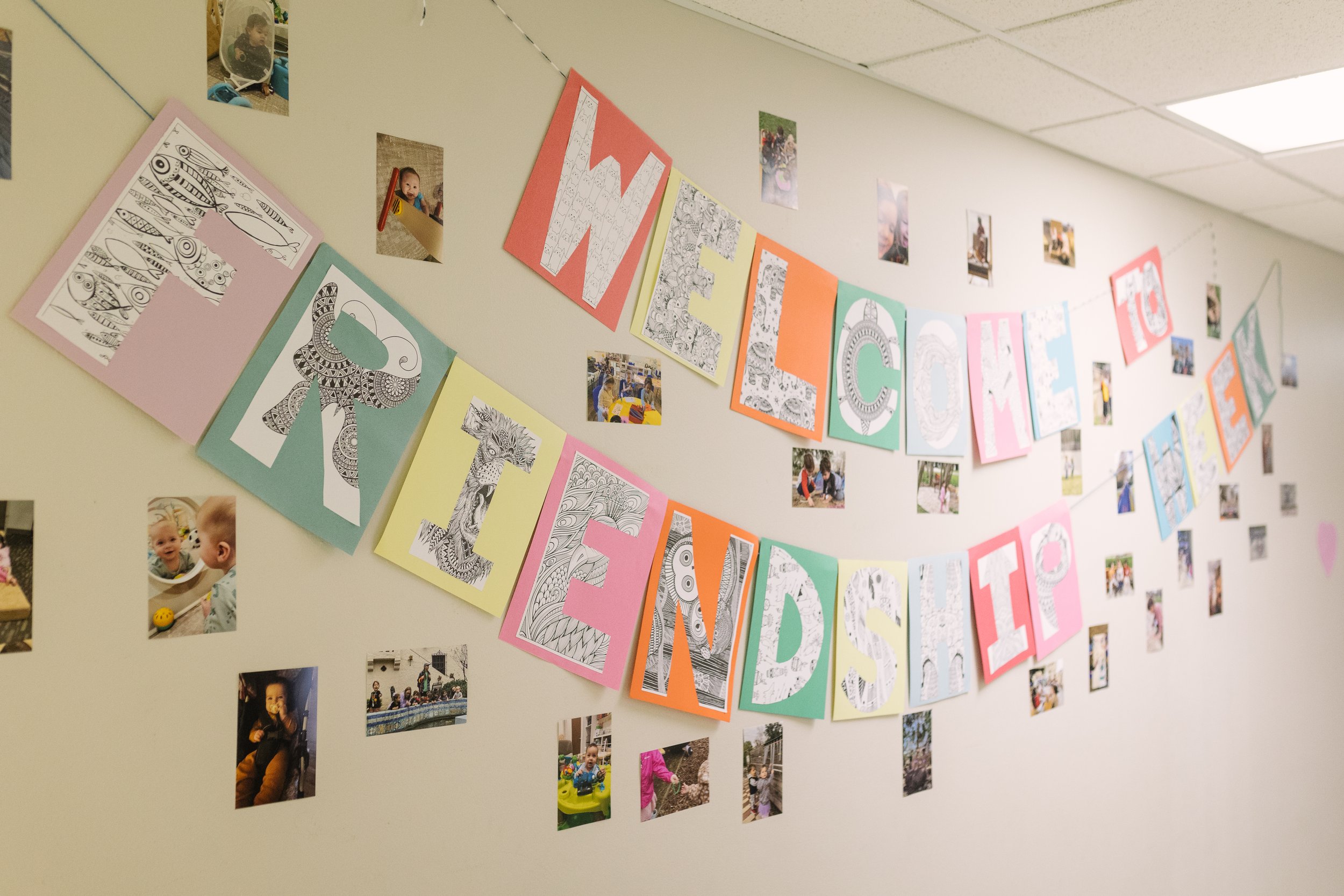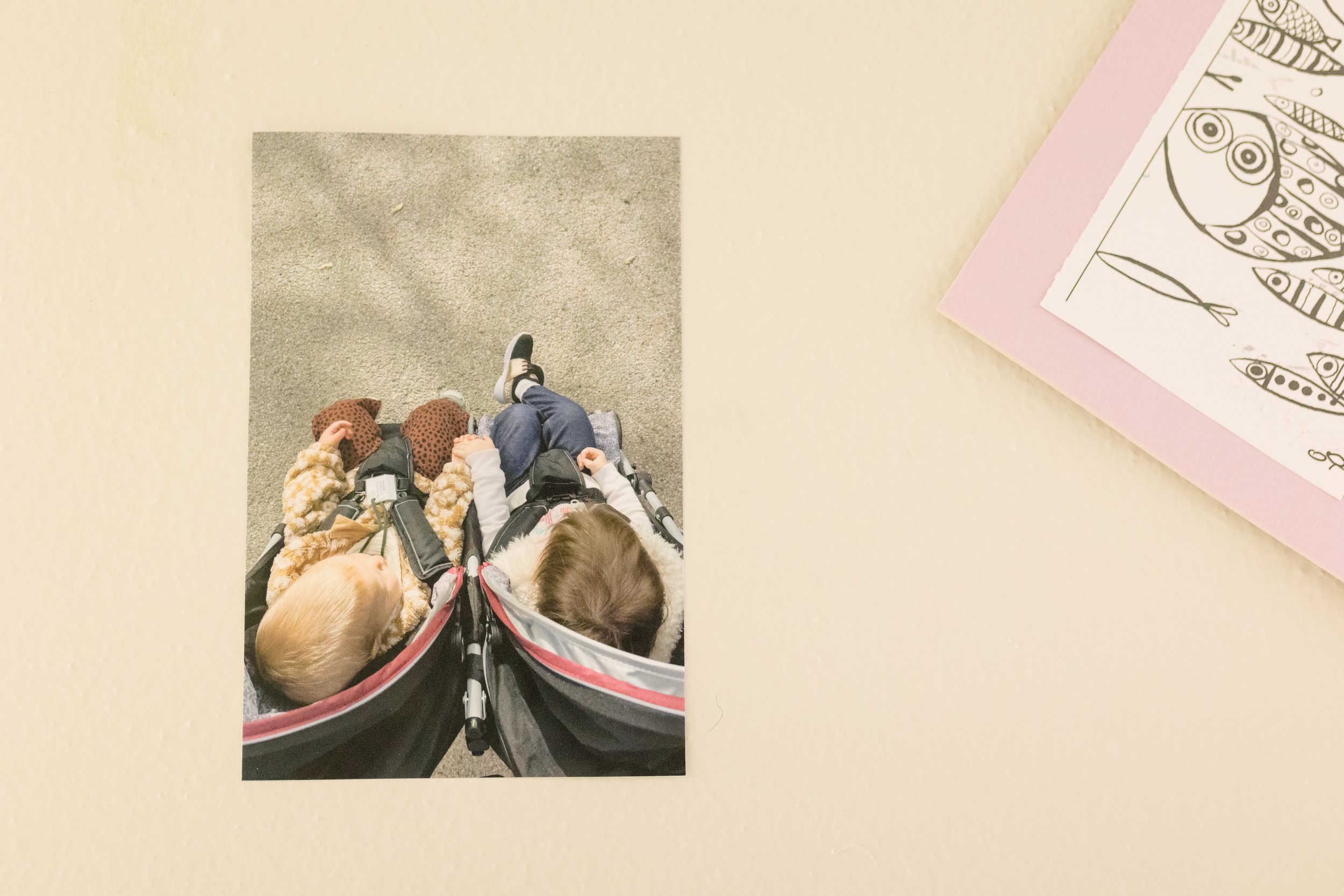Goodness Weekly 02.19.24
“We long to belong, and belonging and caring anchors our sense of place in the universe.”
–Patricia Churchland
What’s Good
Last week, our campus got to feel and share the love. Our Sprouts Schoolers celebrated Friendship week. Neighbors hired a crew to spruce up our flower beds. One Another Coffee sold out of our bird seed treats. And we saw lots of new faces checking out the progress of the park while enjoying the mild weather we had this week.
Sprouts School
Sprouts School is a neighborhood-based nature preschool located on our campus where students explore the surrounding habitat, including the Terrell Heights neighborhood garden, The McNay, Scates Park, and the future Charis Park. The Primary School includes children ages 3-6 and the Early Learner’s program includes ages 0-2. Enrollment is open for Summer Camps and the 2024-2025 School Year. For more information please reach out to linda@sproutingcuriositycollective.org.
A Message from Linda
Linda Charlton, Founder & Director, Sprouts School
One of my favorite presentation animals at the zoo is a corn snake, named Tomato. He’s orange with dark reddish orange splotches. He’s got tinges of white and yellow. He always greets me when I walk into the animal room, coming up to peer at me. He seems to be wondering what I am up to and if I will feed him or take him on a great adventure. Tomato is really fun to show to kids, too. He moves around a lot while you are handling him so the kids get to see how a snake moves. He likes to be out and about making friends.
The kids always talk about how beautiful Tomato is. This is a good thing because I love to tell them about coloration. We humans only have melanin to use to determine our coloration. So we are all shades of brown. Some of us are dark brown and some of us are light brown and we are a whole range of colors in between. All shades of brown though. Snakes have melanin, but they also have chromatophores that we don’t have, so they have just so many more color choices. Snakes can be orange and red and yellow like Tomato or they can be green or blue or black or brown or even iridescent. The scientific basis for coloration is not something that I gave a lot of thought to until I started handling snakes.
As a child I did not understand how coloration in humans worked. I did not understand what melanin was at all. When I was in middle school, I had a choir director who did not have any melanin, and that is the first that I can recall even hearing about melanin. I asked my mom about why he had pink eyes and she told me that he was a person with albinism, which means that he doesn’t have any pigment in his skin or hair or eyes. I was still curious about this so I went to my trusty library, I found a book about albinism, and that’s where I first came across the term melanin. So then I found books about melanin (some of which were way over my head) and I was completely amazed to read that it was responsible for the coloration of all the people on the planet. Melanin, one little complex polymer, millions and millions of different colors. The simplicity and diversity of nature is amazing.
I wish that I had talked to that choir director about his albinism. I wish that I had asked him the questions that I had asked my mom. I also wish that I had asked him if it was hard to have albinism. If he felt awkward about it. If albinism caused him discomfort. If the modifications that he made in his dress and in his glasses made his life more difficult or if he was just used to it. But this was the early 80s and we were raised to be polite. We did not discuss things like disability or race, because that was considered rude.
Since then, I have tried to make race and disability safe topics for our classroom. Just like I noticed the choir director's pink eyes right away, the kids always notice the physical characteristics of other people right away. I don’t want any child to feel like the way they were made is so different or so shameful that we can’t talk about it. I want every child to know that the way they were made is beautiful! We can celebrate the way they were made in an honest conversation. They can share these things that make them beautiful and unique with the whole team and be supported.
You are color blind, so you don’t want me to ask you about the colors of animals? Great, I’m on it. You use a hearing aid, so you need for me to look at you when I’m talking with you? Ok, help me to remember to always do that. Your skin is dark and your hair is dark so you don’t want to stand in the full sun when it’s 110 degrees out cause it makes you hot? Excellent, I don’t really want to do that either cause I’ll be sunburnt after about 30 seconds of standing in the full sun.
These are important conversations. They help us all to feel welcomed and included. And sometimes the easiest way to start these conversations is with the beauty of a corn snake named Tomato.
Thanks, Tomato!
This Week
Monday, Feb 19th Campus Closed
Sunday, Feb 25th
4:30pm Chapel Worship
6pm Parent Book Club–Every Season Sacred by Kayla Craig
6pm Youth Group
Coming Up…
Sunday, March 3rd Supper Church
Saturday, March 9th Second Saturday
Inhale:
I breathe in the world’s love for me.
Exhale:
I breathe out my love for the world.
Subscribe to Sunset Ridge Collective on YouTube. We will be hosting our umbrella of work all in one place and would love to see you there.




